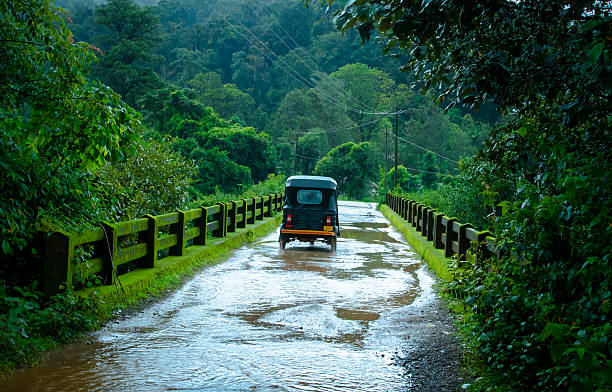Contact Us
RoadVision AI
Private Limited
Office No. 308 & 310, B Block
Ansal Chamber - 1, Bhikaji Cama Place,
Near Engineers India Limited (EIL) Bhawan, New Delhi - 110066
© 2024 | RoadVision AI | All rights reserved
In regions with varying rainfall intensities, building durable roads requires innovative techniques and materials. The IRC Code, specifically IRC:28-1967, offers detailed specifications for constructing stabilized soil roads with soft aggregate in areas experiencing moderate and high rainfall. This blog highlights the key provisions of this IRC Code and its relevance in ensuring road longevity under challenging climatic conditions.

The IRC:28-1967 provides a practical framework for stabilizing soil roads, particularly focusing on regions with high rainfall. It introduces specifications to optimize road construction, ensuring durability and safety for varying traffic loads.
The code provides a balanced approach to constructing cost-effective, long-lasting roads while adapting to local environmental conditions. It reduces road maintenance needs, promoting sustainable development.
The IRC:28-1967 is a testament to the IRC's commitment to addressing the diverse challenges in road construction across India. By focusing on stabilized soil techniques, it ensures that roads in regions of high rainfall are durable, safe, and economically feasible. For road engineers and policymakers, adhering to these guidelines is essential to achieving long-lasting infrastructure solutions.
RoadVision AI is transforming infrastructure development and maintenance by harnessing artificial intelligence and computer vision AI to revolutionize road safety and management. By leveraging advanced computer vision artificial intelligence and digital twin technology, the platform enables the early detection of potholes, cracks, and other road surface issues, ensuring timely repairs and better road conditions. With a mission to build smarter, safer, and more sustainable roads, RoadVision AI tackles challenges like traffic congestion and ensures full compliance with IRC Codes. By empowering engineers and stakeholders with data-driven insights, the platform reduces costs, minimizes risks, and enhances the overall transportation experience.